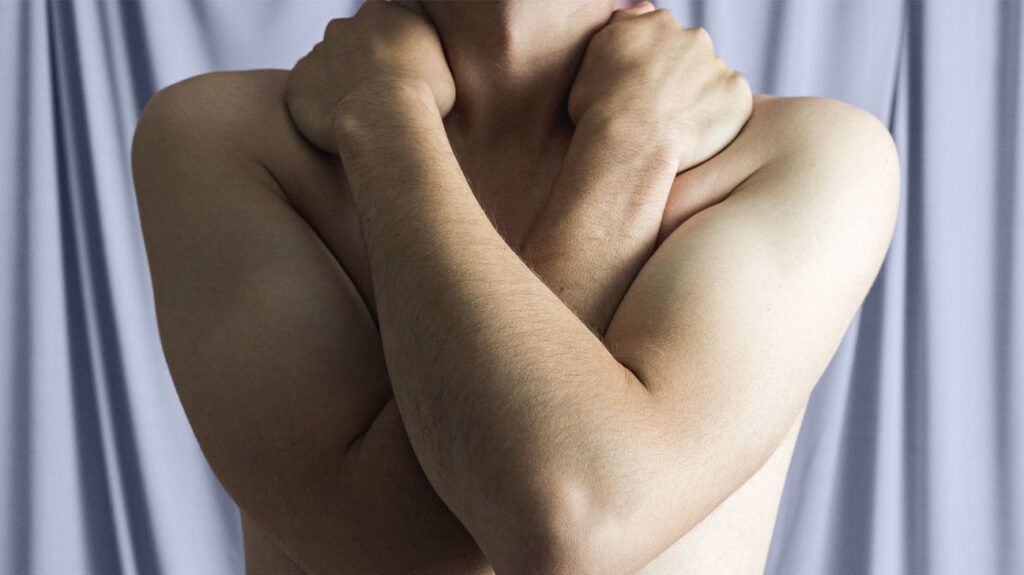Guillain-Barré syndrome (GBS) is a rare nerve disorder that can occur after an infection. It develops due to an overreaction of the immune system. There are several types of GBS.
Guillain-Barré syndrome (GBS) develops in the peripheral nerves, which are usually responsible for communication among the brain, skin, and muscles.
There are four types of GBS, and they can progress at varying rates.
GBS often leads to weakness in the arms and legs. People with severe GBS may develop paralysis and breathing problems.
This article breaks down the four types of GBS.

AIDP is the most common type of GBS in the United States. It mainly affects myelin, which is the protective covering of nerves. Some researchers use the terms “GBS” and “AIDP” interchangeably.
AIDP causes sudden weakness on both sides of the body. This weakness
Other symptoms of AIDP include:
- weakness or droopiness on one side of the face
- slow or absent reflexes
- difficulties with speaking, swallowing, or moving the eyes and tongue
- tingling, burning, or pain in the skin
AIDP tends to affect movement rather than a person’s ability to feel sensations.
The condition may also lead to the following complications:
- high or low blood pressure
- irregular heartbeat
- respiratory failure, which may require the use of a ventilator to support breathing
AIDP can become chronic inflammatory demyelinating polyneuropathy (CIDP), a neurological disorder that causes progressive weakness and loss of sensation in the arms and legs.
Symptoms of AIDP usually worsen over 3–4 weeks before getting better. CIDP continues for more than 8 weeks and does not improve without treatment.
AMSAN is a
In people with AMSAN, the immune system attacks the axons of the nerves that control movement and the senses. These parts of the nerves
Possible symptoms of AMSAN include:
- numbness and tingling in the feet and hands that progresses to limb weakness and walking difficulties over about 10 days
- an inability to move the legs, stand, or walk
- weakness that moves from the lower half of the body to the upper half
- problems with automatic processes such as breathing
- weakness and lack of muscle control in all limbs
Recovery from AMSAN often takes a long time.
AMAN is a rare form of GBS that accounts for
An infection with Campylobacter jejuni bacteria is responsible for
This type of GBS can cause the following symptoms:
- dizziness and fainting
- sexual dysfunction
- urinary problems, including loss of bladder control
- problems digesting food
- issues with sweating
- slow pupil reaction
- exercise intolerance
MFS attacks the cranial nerves, which are nerves in the head.
According to the National Organization for Rare Disorders, it affects 1 or 2 people per million in the United States.
The disorder may develop up to 4 weeks after an infectious disease and usually starts in the eye muscles.
People with MFS often find it difficult to move their eyes. Other possible symptoms include:
- reduced coordination in the limbs
- unsteady movement
- facial weakness
- limb weakness
- difficulty with swallowing
- respiratory failure
Treatments are available for MFS. However, most people fully recover within 6 months without receiving treatment. It is extremely rare for MFS to lead to death or permanent mobility issues.
The following are answers to questions people frequently ask about GBS.
What is the new name for Guillain-Barré syndrome?
Some healthcare professionals might use “AIDP” as an alternative name for GBS, according to the GBS/CIDP Foundation International. “Landry’s ascending paralysis” is another name for GBS.
Is there such a thing as mild Guillain-Barré syndrome?
Some people may experience only mild GBS symptoms.
Can you fully recover from Guillain Barré?
Some people may continue to live with the following symptoms:
- difficulty walking
- arm, face, or leg weakness
- difficulty with balance and coordination
- pain, tingling, numbness, or burning sensations
- fatigue
There are four main types of Guillain-Barré syndrome:
- Acute inflammatory demyelinating polyneuropathy (AIDP) is the most common type in the United States. It affects the myelin sheaths of the nerves.
- Acute motor and sensory axonal neuropathy (AMSAN) is a rare, severe type that affects the axons of nerves involved in movement and senses.
- Acute motor axonal neuropathy (AMAN) affects only movement-linked nerves.
- Miller-Fisher syndrome (MFS) attacks cranial nerves and starts in the eyes, affecting movement. It is a very rare form of GBS.
Depending on the type, most people with GBS can make a full recovery.
